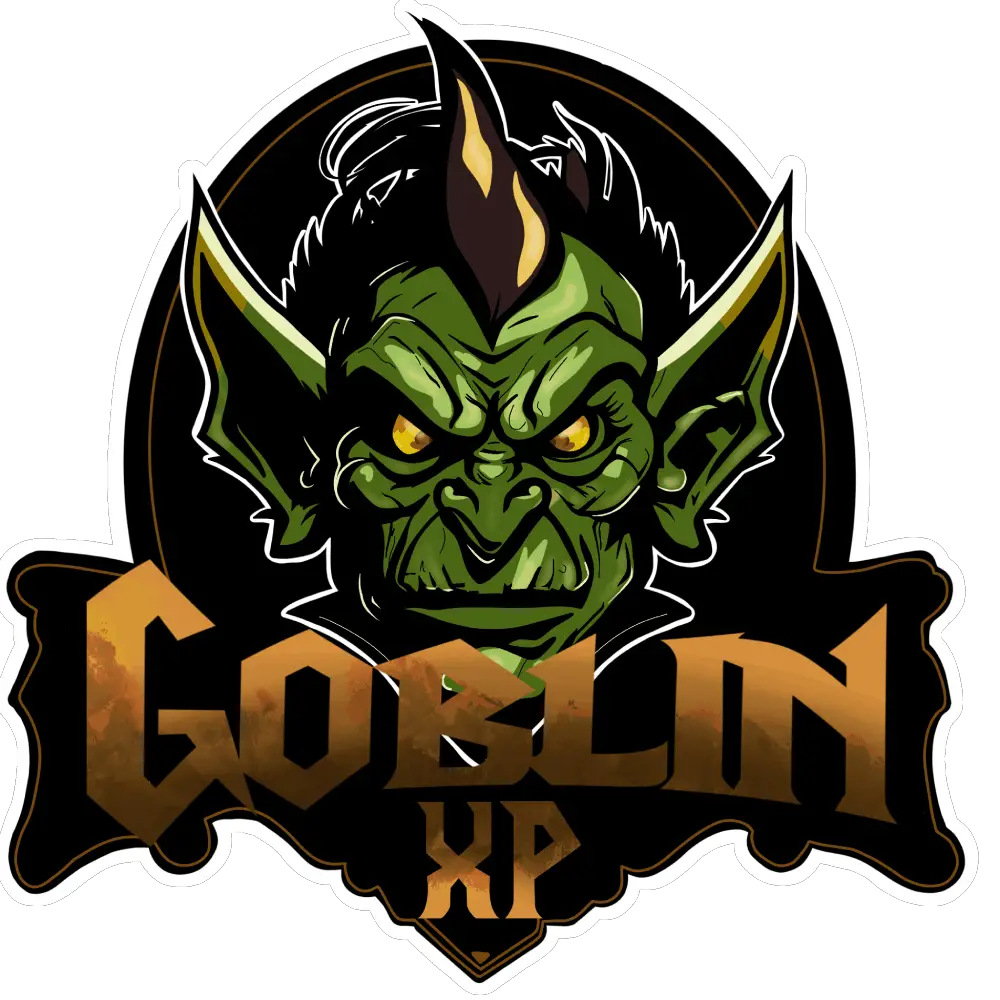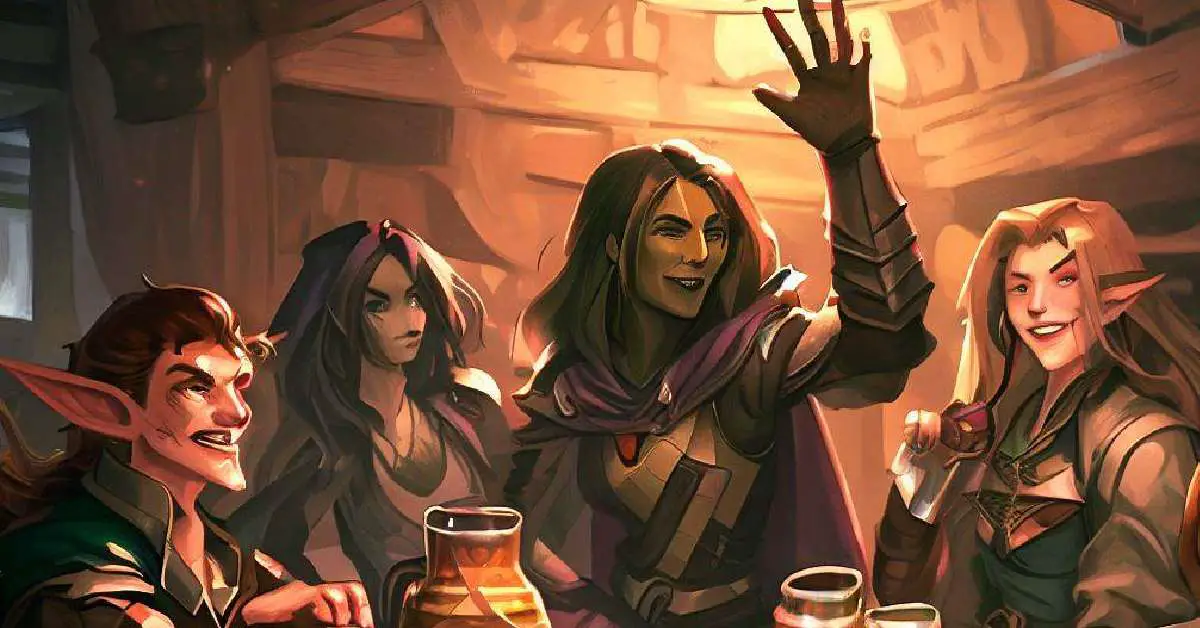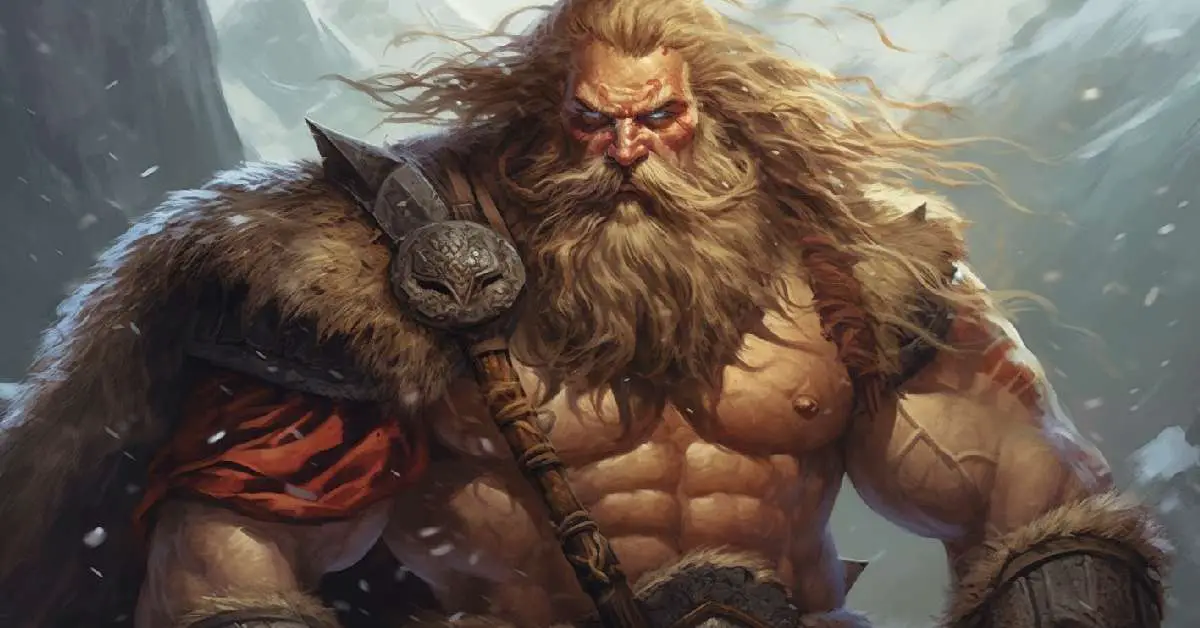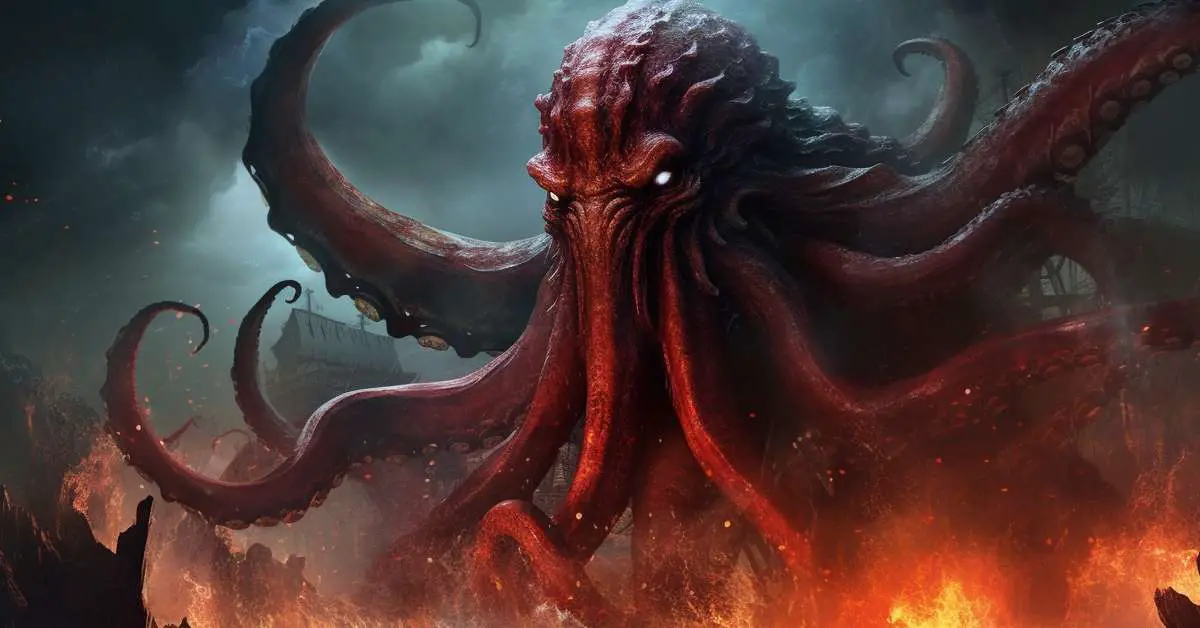
Every journey, no matter how large or small, begins with a single step. Today, that step brings us into the exhilarating realm of Dungeons & Dragons (D&D) – a world where imagination takes shape, guided by dice and the rules of a game that has captivated millions of players worldwide. In this intricate fantasy universe, a core element often overlooked yet instrumental in shaping a campaign is the size of the creatures and characters players encounter. Size, it turns out, matters more than we might think, providing a canvas on which gameplay dynamics unfold. Understanding creature sizes, particularly the extremes of the spectrum, can significantly enhance your D&D experience, lending depth and strategic nuance to your adventures.
The size of creatures in D&D is more than a mere descriptor. It has implications on the creature’s hit points, the space it occupies, and its overall prowess in combat. Just as David faced Goliath, the heroes and heroines of your story may have to square off against creatures that dwarf them, turning seemingly insurmountable odds into tales of legendary victory. Today, we’re shining the spotlight on one end of this size spectrum – the Gargantuan.
Deciphering D&D 5E Size Categories
To appreciate the enormity of a Gargantuan creature, it’s essential first to understand the different size categories in D&D 5E. The Player’s Handbook outlines six main size categories: Tiny, Small, Medium, Large, Huge, and Gargantuan. Each size plays a role in determining a creature’s physical dimensions, the space it controls during combat, and in some instances, its ability scores and other statistics.
A Medium creature, typically matching the size of a human, is often the reference point for other sizes. Small creatures, such as Halflings and Gnomes, are roughly half as big. Meanwhile, the larger categories, starting from Large, get progressively more massive, with Gargantuan standing as the mightiest of them all.
The Gargantuan Size Category in Depth
In the grand tapestry of Dungeons & Dragons 5E, Gargantuan is the term reserved for the largest creatures that players may encounter. But how large is Gargantuan, really? According to the Player’s Handbook, Gargantuan creatures are those that take up a space of 20 feet or more in one dimension. That’s four times the size of an average Medium creature, the category in which most player characters fall.
However, ‘Gargantuan’ isn’t simply a measure of physical dimensions. It’s a catch-all category for any creature that exceeds the Huge category, meaning a creature could be several times larger than the 20-foot specification and still be classified as Gargantuan. In the world of D&D, this allows for immense creatures like ancient dragons, krakens, and tarrasques to exist and interact with player characters in a meaningful way.
This extraordinary scale sets Gargantuan creatures apart, but it also provides a set of challenges and opportunities for players. These creatures occupy a larger space in combat, influence their environment in a significant way, and often possess a raw power that few can withstand. As such, encounters with Gargantuan creatures are unique strategic situations that demand thoughtful planning and execution from players.
Examples of Gargantuan Creatures
From the depths of the ocean to the highest mountain peaks, Gargantuan creatures can be found across the many realms of D&D. These formidable foes often serve as the climax of epic adventures, providing awe-inspiring, and often terrifying, experiences for players.
Take, for instance, the Tarrasque, a legendary beast of destruction, often used by Dungeon Masters as the end-game boss. It measures over 50 feet tall and 70 feet long. It’s virtually indestructible and has a frightening appetite that can consume entire towns.
Or consider the Kraken, a terror of the deep seas. This enormous squid-like monster, steeped in maritime folklore, brings its nightmarish legend to life in D&D, reaching lengths of several hundred feet.
Lastly, the Ancient Dragons, revered and feared by all. Their size varies, but they are among the largest beings in D&D. An Ancient Red Dragon, for instance, can reach lengths of up to 80 feet.
How Size Influences Gameplay
As you venture through the world of D&D, you’ll quickly realize that the size of a creature isn’t just about physical stature; it’s a game-changer that can dramatically shape the outcome of an encounter or even an entire campaign. When you’re dealing with Gargantuan creatures, the stakes are even higher.
A creature’s size has a direct impact on combat. The rules of D&D 5E specify that Gargantuan creatures occupy a space of 20 feet or more on a side, allowing them to reach or attack characters from afar. This also means they have a large area of control during combat, making it difficult for characters to bypass them without invoking an opportunity attack. Additionally, Gargantuan creatures often boast massive health pools and high damage outputs, turning combat encounters into serious challenges that require clever strategy and coordination among party members.
Outside of combat, Gargantuan creatures also influence aspects of gameplay such as exploration and interaction. Their sheer size can alter environments, create barriers, or provide transport. For example, a colossal dragon might serve as an aerial mount, ferrying characters across vast distances.
Special rules often apply to Gargantuan creatures due to their exceptional size. For instance, some Gargantuan creatures are so large that characters can move and fight within their area, like battling on the back of a gigantic ancient dragon or inside the belly of a monstrous whale. These scenarios introduce unique gameplay elements, providing memorable moments for the players and their characters.
To successfully engage with Gargantuan creatures, players must understand these dynamics and adjust their strategies accordingly. This may involve employing hit-and-run tactics, exploiting weaknesses, or even using the environment to their advantage. Mastering these encounters provides a sense of accomplishment that only D&D can deliver.
Frequently Asked Questions About D&D Creature Sizes
With the dynamics of creature size and the enormity of the Gargantuan category in mind, players often have specific questions about how these elements translate into gameplay. Let’s tackle some of the most common inquiries:
1. How does creature size affect combat mechanics in D&D 5E?
Creature size primarily determines the space that a creature occupies on a grid, should your game use one. This directly influences combat positioning, movement, and reach. Gargantuan creatures, due to their extensive size, control more space, which can complicate maneuvers for player characters. They often have a greater reach, and their physical prowess often grants them powerful and damaging attacks. However, their large size can also be a disadvantage, making them easier targets and less capable of taking cover.
2. Are there creatures larger than Gargantuan in D&D?
The Gargantuan category serves as a catch-all term for all creatures that exceed 20 feet in one dimension, as defined in the D&D 5E ruleset. As such, it encompasses creatures significantly larger than the base 20-foot measurement, including enormous entities like ancient dragons or krakens. However, there is not a specific category defined for creatures larger than Gargantuan within the standard rules.
3. How can players effectively engage Gargantuan creatures in combat?
Combat with Gargantuan creatures demands strategic planning. Players may need to utilize the full breadth of their abilities, spells, and items to overcome these formidable opponents. Coordination and tactical positioning can be vital—taking advantage of the creature’s size by spreading out could minimize the effect of area attacks. Identifying and exploiting a creature’s weaknesses can also turn the tide of battle. Creative problem-solving, such as using the environment or non-combat abilities, can prove just as effective as a well-placed spell or sword strike.
By understanding the ins and outs of creature sizes in D&D 5E, particularly the Gargantuan category, players can elevate their strategies and make their encounters even more thrilling.
Conclusion
In the diverse and intricate world of Dungeons & Dragons, every detail, including creature size, enriches the tapestry of the game. Understanding the implications of these sizes, especially the awe-inspiring Gargantuan category, can deeply enhance gameplay. From providing a sense of scale and grandeur to influencing combat dynamics, the concept of creature size is an essential aspect of the D&D experience.
As we’ve seen, Gargantuan is more than just a size—it’s a symbol of the extraordinary, the larger-than-life adventures that D&D brings to your tabletop. Whether you’re a seasoned Dungeon Master designing an epic campaign finale or a player preparing to face off against the most formidable creatures of the realm, a deep understanding of what ‘Gargantuan’ means in D&D can make your game richer, more strategic, and ultimately, more fun.
So, the next time you roll initiative against a colossal dragon or plot a daring maneuver around a gargantuan beast, remember—the size of the creature is not just a statistic. It’s a testament to the vast, boundless world of imagination that D&D encapsulates. It’s a challenge, a story, and an opportunity for epic, memorable adventures.
